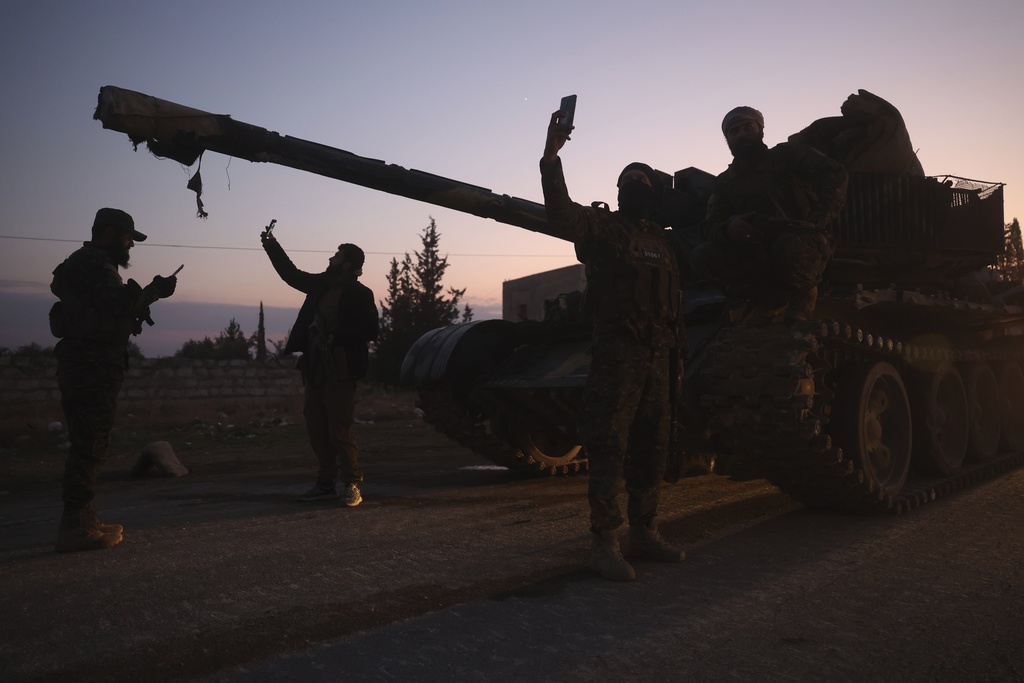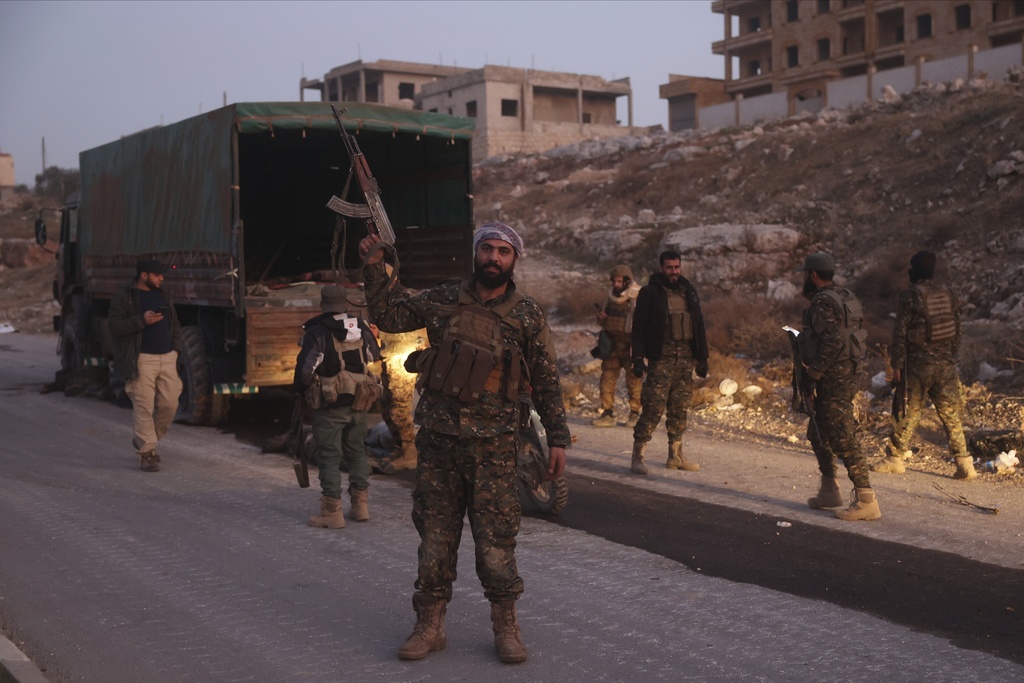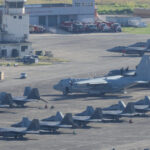Aleppo Erupts in Violence as Insurgents Clash with Syrian Forces \ Newslooks \ Washington DC \ Mary Sidiqi \ Evening Edition \ Insurgents stormed Aleppo for the first time since 2016, igniting clashes with Syrian government forces and sending residents fleeing. The surprise attack reflects the weakened state of Syrian forces as multiple regional conflicts, including battles in Gaza and Lebanon, strain traditional backers like Russia and Iran.

Aleppo Offensive: Quick Looks
- Insurgent Breach: Insurgents led by Hayat Tahrir al-Sham (HTS) entered Aleppo for the first time since 2016.
- Government Weakness: Syrian forces retreated quickly in some areas, with reports suggesting minimal resistance.
- Regional Turmoil: The attack coincides with distractions for regime allies like Iran, Hezbollah, and Russia.
- Key Seizures: Insurgents gained control of Saraqeb, a critical town linking major highways.
- Civilian Impact: Aleppo residents fled amid intense missile strikes and gunfire, with at least four civilians killed at a university dormitory.
- Turkish Role: Turkey-backed opposition groups launched the offensive after government violations of a 2019 de-escalation agreement.
Deep Look
The Offensive Unfolds
The attack began on Wednesday as thousands of fighters, led by Hayat Tahrir al-Sham (HTS), launched a surprise offensive across Syria’s northwestern countryside. By Friday, insurgents had advanced to Aleppo’s western outskirts, clashing with government forces and seizing strategic locations, including Saraqeb—a town at the junction of highways linking Aleppo with Damascus and Syria’s coast. Syrian authorities diverted traffic from these critical routes in response.
Witnesses in Aleppo reported chaos as residents fled their neighborhoods to escape missile strikes and gunfire. Insurgents used car bombs and drones, weapons not previously seen in such operations, to disable government defenses and destroy heavy equipment. The Syrian Observatory confirmed dozens of casualties on both sides, underscoring the scale of the conflict.
Government Forces Retreat
Hezbollah, a key ally that played a critical role in retaking Aleppo for the regime in 2016, has been preoccupied with its own battles in Lebanon. Russia, another crucial backer of the Assad government, remains heavily involved in the war in Ukraine, further limiting its capacity to assist in Syria.
Civilian and Regional Impact
The renewed violence has had immediate consequences for civilians. Syrian state media reported projectiles from insurgents struck a university dormitory in Aleppo’s city center, killing four people, including two students. Meanwhile, thousands fled neighborhoods on the city’s edge amid heavy fighting.
The insurgents’ advance also highlights growing instability in a region already consumed by overlapping conflicts. The offensive coincided with a fragile ceasefire in Lebanon, where Hezbollah and Israel have engaged in intense battles, and ongoing violence in Gaza.
Broader Implications
The 2016 battle for Aleppo marked a turning point in Syria’s civil war, with the Assad government regaining control of the city after a devastating military campaign supported by Russia and Iran. However, Friday’s breach raises questions about the regime’s ability to hold territory as its allies face distractions and resource constraints.
Dareen Khalifa, a senior adviser with the International Crisis Group, noted that the insurgents’ swift advance was unexpected. “It’s not only that the Russians are bogged down in Ukraine,” she said. “Hezbollah’s distracted, and the regime is absolutely cornered. But the surprise element comes in with how quickly the regime crumbled.”
Adding to the complexity, Turkey has maintained a military presence in northwestern Syria and is likely to play a role in the evolving conflict. In the east, U.S.-backed Syrian Kurdish forces remain engaged in efforts to combat remnants of the Islamic State, further fracturing the dynamics of control in Syria.
Government and International Reactions
Russia condemned the attack as a violation of Syria’s sovereignty, with Kremlin spokesperson Dmitry Peskov calling for the “quickest possible establishment of constitutional order” in the region. Meanwhile, Iran’s foreign minister described the insurgents’ offensive as a plot orchestrated by the U.S. and Israel to destabilize Syria further following their setbacks in Lebanon and Gaza.
The situation in Aleppo remains fluid, with reports indicating that insurgents now control dozens of positions in Aleppo and Idlib provinces. The Syrian Observatory confirmed the capture of military equipment, including drones, heavy weapons, and vehicles.
Looking Ahead
Aleppo Erupts Aleppo Erupts Aleppo Erupts







